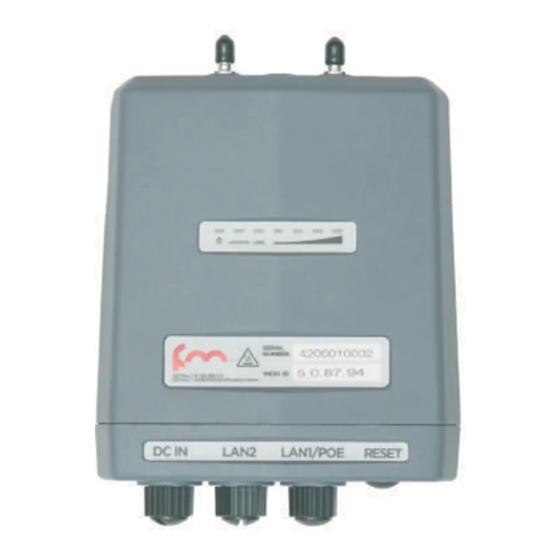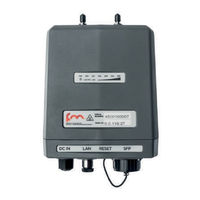
Cisco FM4500 Mobi Manuals
Manuals and User Guides for Cisco FM4500 Mobi. We have 2 Cisco FM4500 Mobi manuals available for free PDF download: Installation And Configuration Manual
Cisco FM4500 Mobi Installation And Configuration Manual (189 pages)
Ultra-Reliable Wireless Backhaul Fiber
Brand: Cisco
|
Category: Transceiver
|
Size: 4.94 MB
Table of Contents
Advertisement
Cisco FM4500 Mobi Installation And Configuration Manual (174 pages)
Ultra-Reliable Wireless Backhaul
Brand: Cisco
|
Category: Transceiver
|
Size: 3.55 MB

